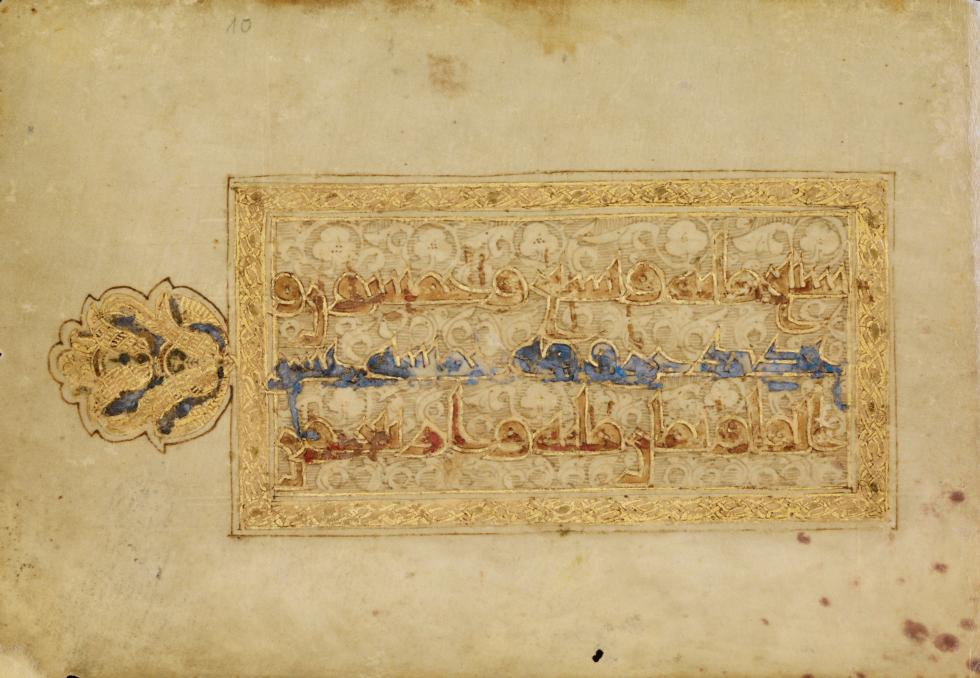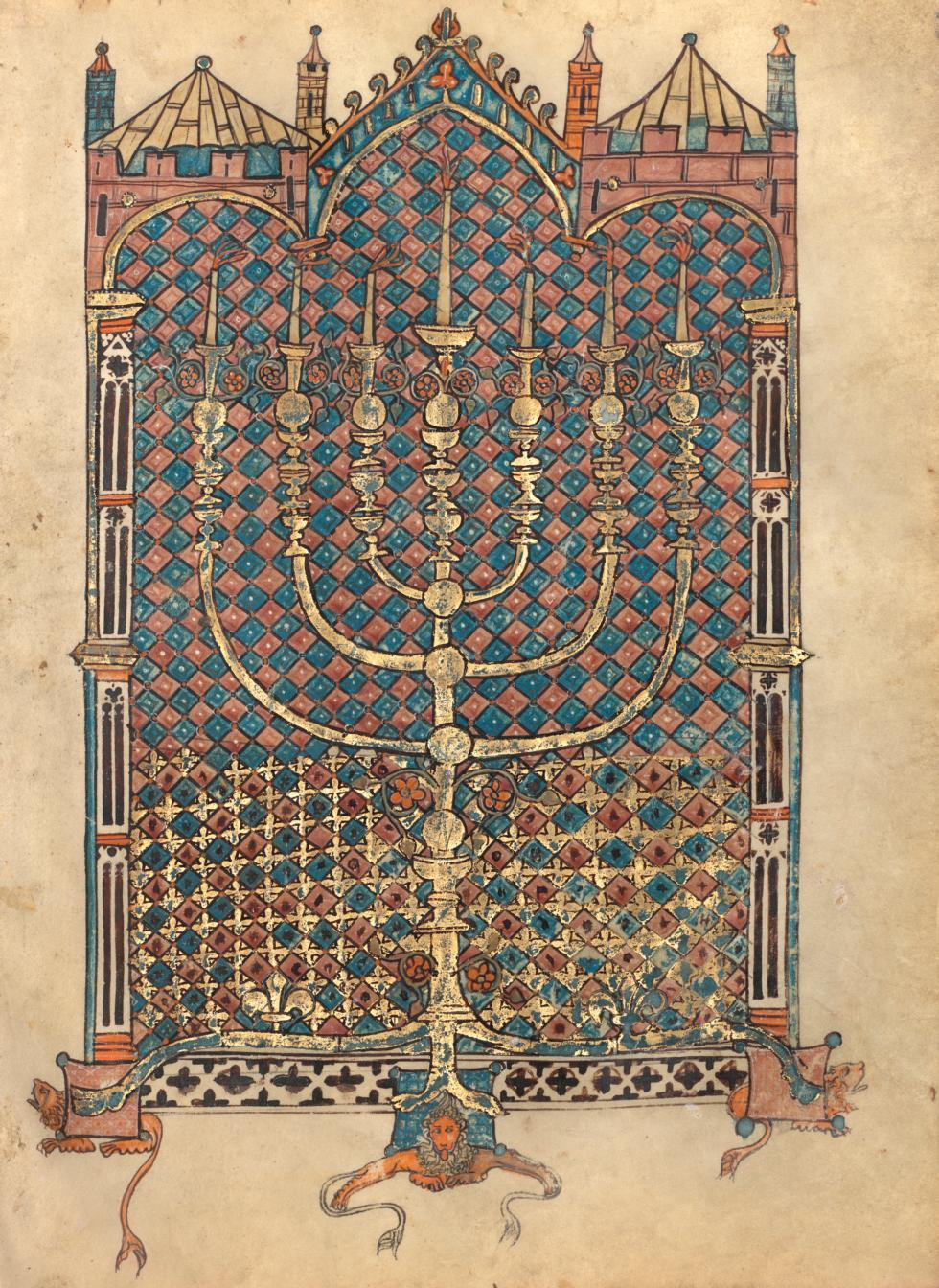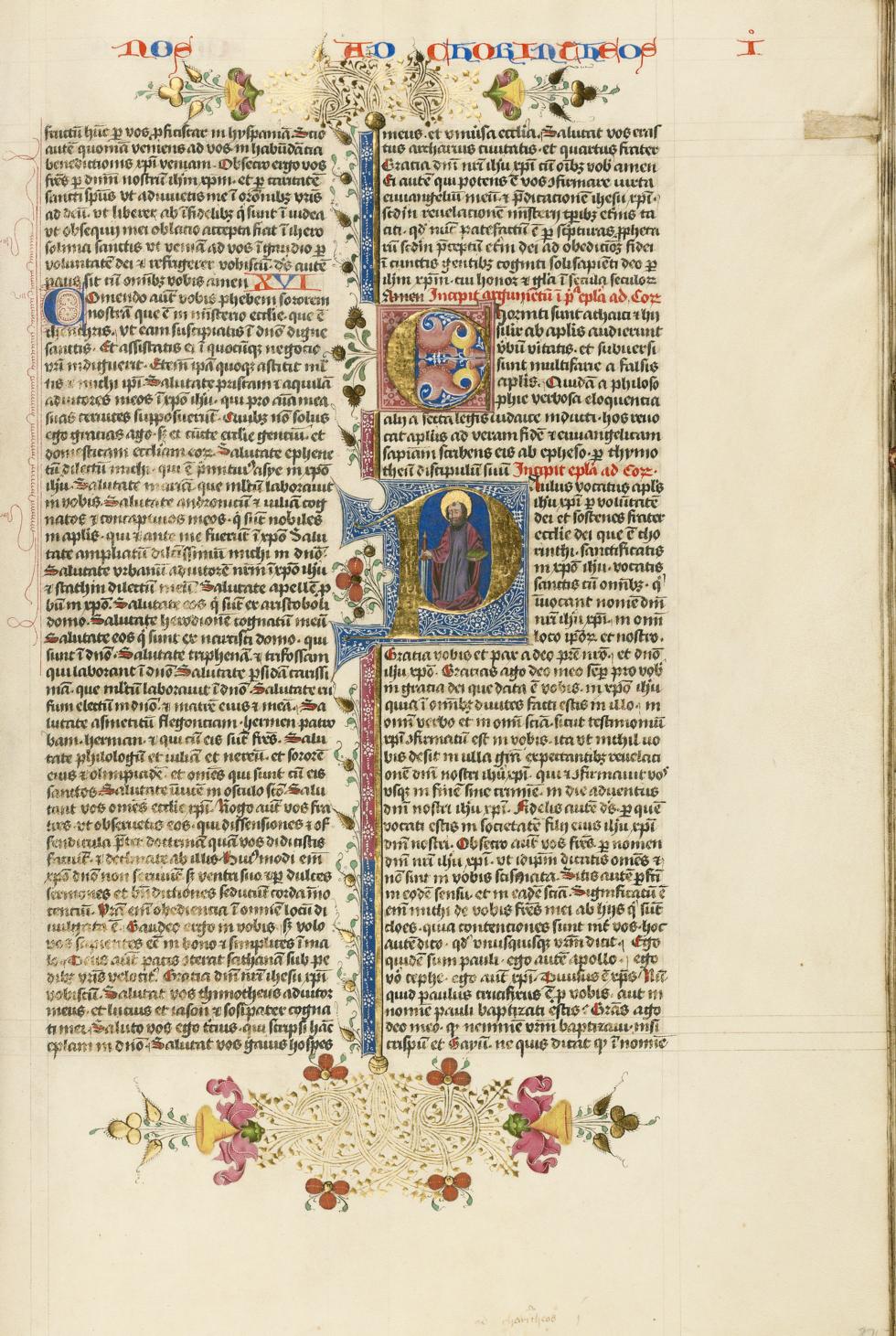“This landmark acquisition fulfills one of the Museum’s longstanding goals of adding to our collection a Hebrew manuscript that can stand comparison in quality and importance to our finest illuminated manuscripts of other languages and faiths,” explains Timothy Potts, director of the J. Paul Getty Museum. “It has taken 35 years, but the Rothschild Pentateuch fills this gap more brilliantly than we could ever have imagined. An amazingly rare and beautiful object, richly illuminated with all manner of real and imaginary animals, it also broadens greatly the narratives we are able to tell about life, culture and religion in the Middle Ages. The acquisition will be a highlight of an upcoming exhibition that brings together – for the first time at the Getty – the sacred texts of the three Abrahamic religions, something that I am sure will deepen the experience of these works for many of our visitors, and be a rich subject of study for scholars.”
Judaism, Christianity, and Islam trace their belief in the singular God to a common patriarch, the figure of Abraham. The practitioners of all three religions have been called “people of the book” for their shared belief in the importance of the divine word, rendered in medieval manuscripts in glowing gold and luminous colors on parchment.
The Torah is the central sacred text of Judaism. In the strictest sense, the word refers to the Pentateuch, which contains the books of Moses: Genesis, Exodus, Leviticus, Numbers, and Deuteronomy. Illuminated copies of the Hebrew Bible in codex form, rather than Torah scrolls, began to appear in the mid-thirteenth century. In northern Europe, these manuscripts served the needs of members of the Ashkenazi Jewish community who had settled in the area along the Rhine River. Lavishly illustrated Hebrew manuscripts are exceedingly rare, since Jewish artisans were forbidden by law to join painting guilds. Hebrew manuscripts were often written by itinerant Jewish scribes and illuminated by local, sometimes Christian, artists. Illumination of the Hebrew Bible centers on the calligraphic forms of the letters, such as initials, word panels, or decorative frames around blocks of text.
”The three objects on display are exceptionally beautiful artworks that we hope will spark meaningful dialogue among various audiences,” said Elizabeth Morrison, senior curator of Manuscripts at the Getty Museum. “Museums offer more than simply an aesthetic experience. Through exhibitions such as this one, they foster a deeper understanding of history that helps us to reflect on our own shared experiences.”































